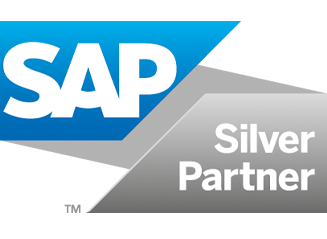In the Philippines, electronic invoicing is regulated by the Bureau of Internal Revenue (BIR) under the Tax Reform for Acceleration and Inclusion (TRAIN) Act. The implementation of electronic invoicing is scheduled for a phased approach following a pilot program in July 2022. As of July 1, 2022, the 100 largest taxpayers in the country have had to comply with electronic invoicing. In 2023, it is expected that more taxpayers will have to start using the EIS system portal, through which invoices and e-receipts are transmitted via a dedicated API. It is hoped that the implementation of e-invoicing will help businesses to simplify tax reporting, decrease expensive manual and paper-based invoice processes, and save time.
Scope of the e-Invoicing System
The mandate requires the electronic issuance of invoices (B2B), receipts (B2C), and credit and debit notes. Taxpayers who are engaged with the export of goods and/or services or e-commerce, as well as large taxpayers, are required to issue electronic invoices. The implementation of the EIS system started with a pilot phase on July 1, 2022, which covers the country’s 100 largest taxpayers. Further announcements are expected regarding the implementation of the pilot system.
Technical Details of the e-Invoice System
Issued electronic documents are submitted through the EIS platform manually or via shared API. Invoices are created with a digital signature and transmitted to the authorities in JSON format. After the issuance date, taxpayers have three days to submit close to real-time reporting. E-Invoices must be archived for 10 years.
e-Invoicing System EIS
In the Philippines, the Electronic Invoicing/Receipting System (EIS) has been developed to store and process the required sales data that taxpayers electronically transmit and report to the BIR. The EIS portal is a web-based facility for taxpayers to issue e-Receipts and e-Invoices from their computerized accounting systems (CASs) and/or point of sale (POS) systems. Taxpayers must be authorized by the government before sending the e-Invoice (B2B) or e-Receipt (B2C), since only authorized taxpayers are allowed to access the EIS portal. Taxpayers must apply for authorization through the EIS certification portal. Also, taxpayers must apply for the Permit to Transmit (PTT) to be able to transmit the sales data to the EIS.
How Can SNI Help You?
SNI’s solution enables you to retrieve your data in the SAP system, map and process the data, then convert it into the required JSON format in the SNI SAP solution for electronic invoice exchanging. SNI’s end-to-end solution provides taxpayers with automated electronic invoice transmission.
SNI solution integrates with clients’ systems without the need for updates to existing system versions and is independent of SAP versions. SNI’s SAP solution is compatible with SAP ECC 4.7 and above, as well as SAP Business Technology Platform (BTP), SAP R3 and SAP S/4HANA. In addition, SNI provides ERP-independent solutions designed to integrate with any ERP system clients may use.


